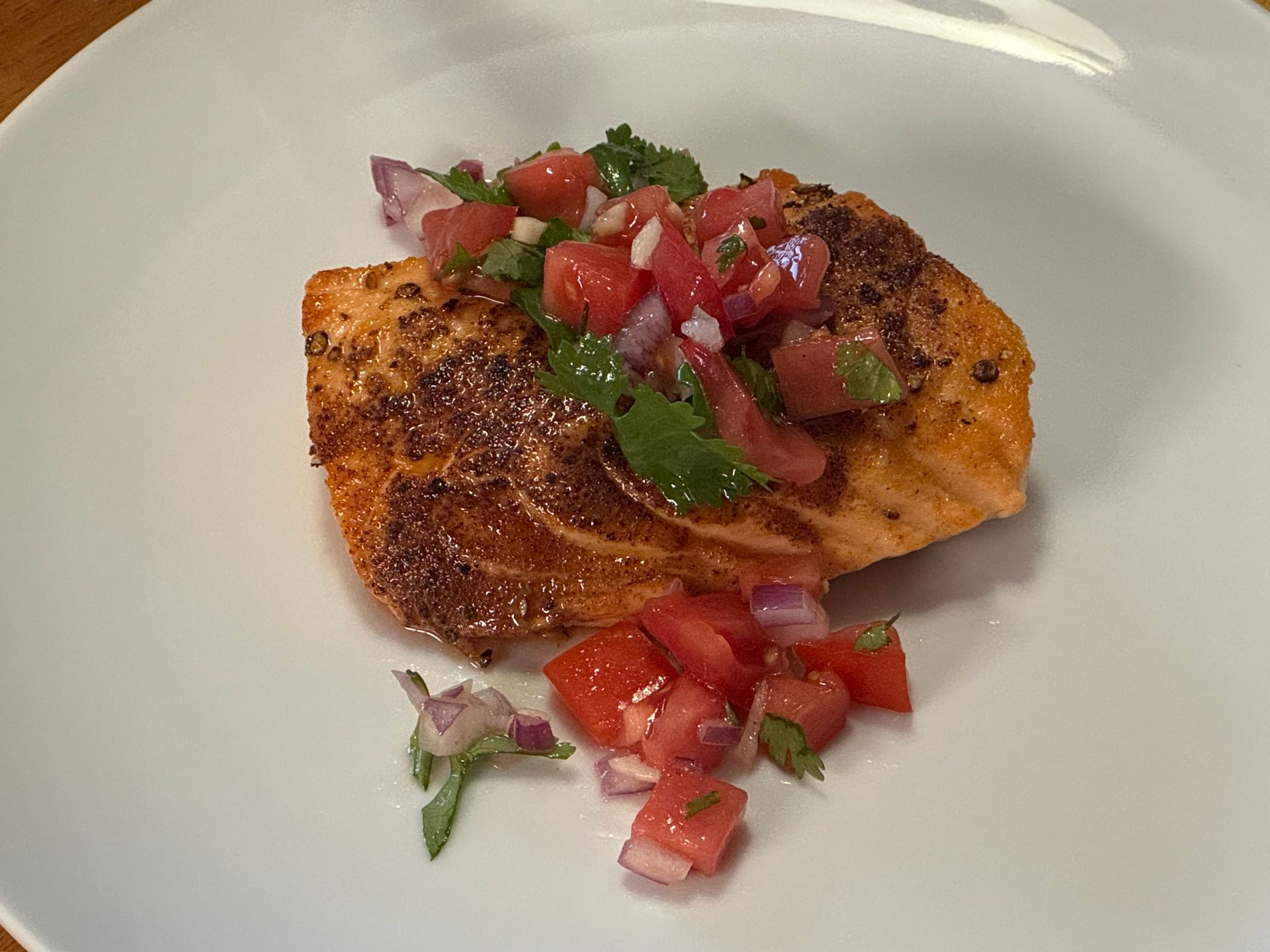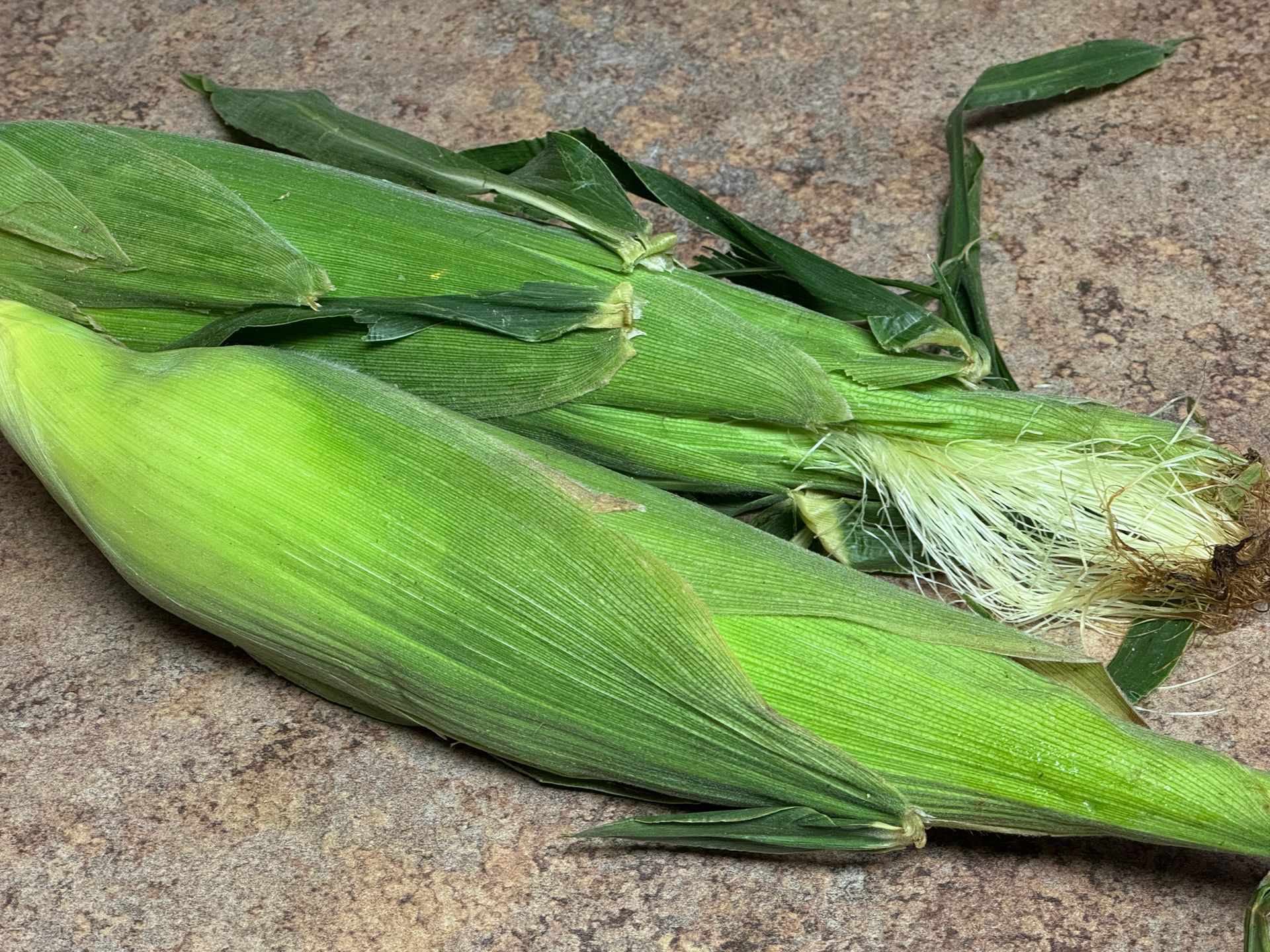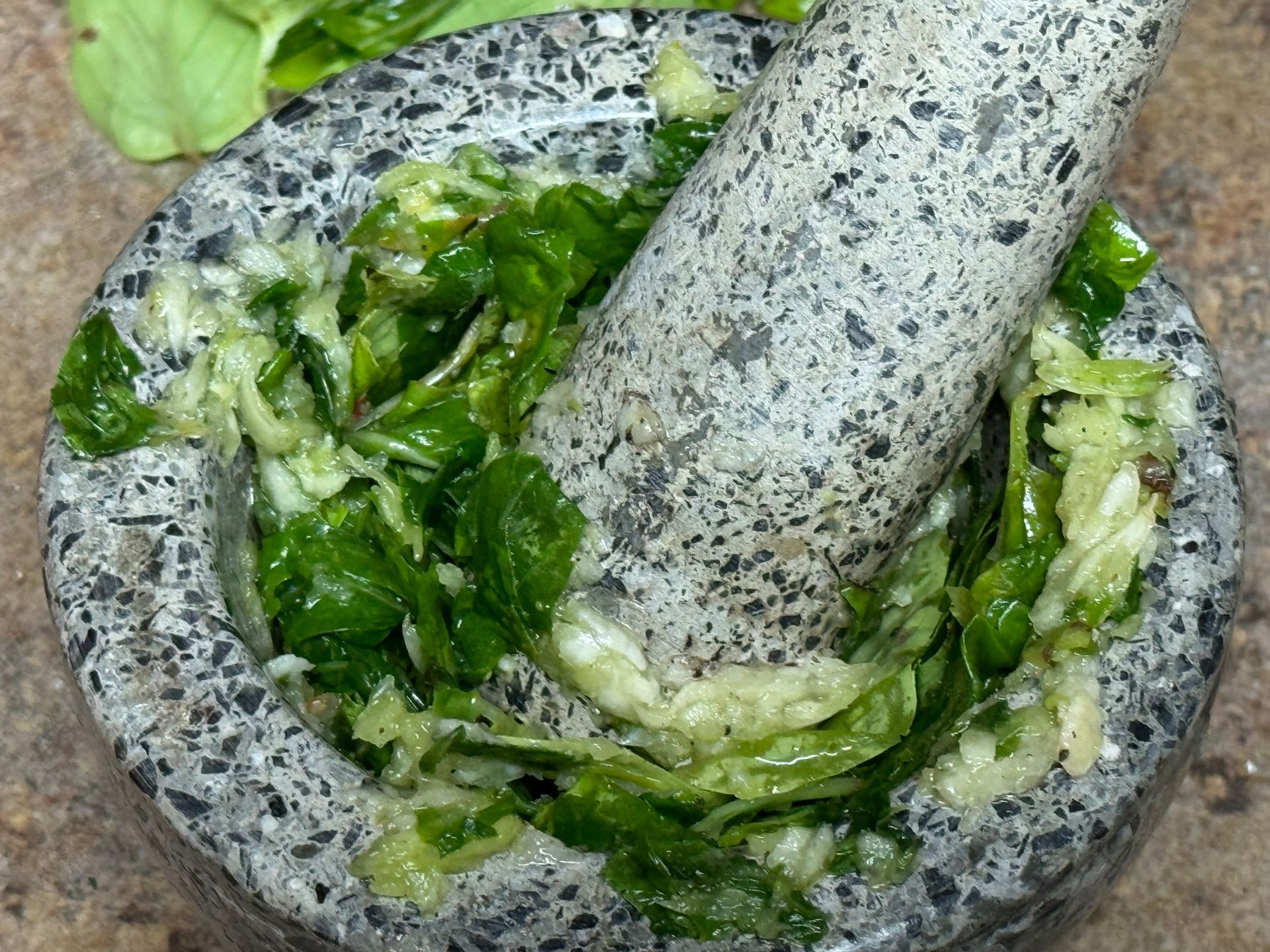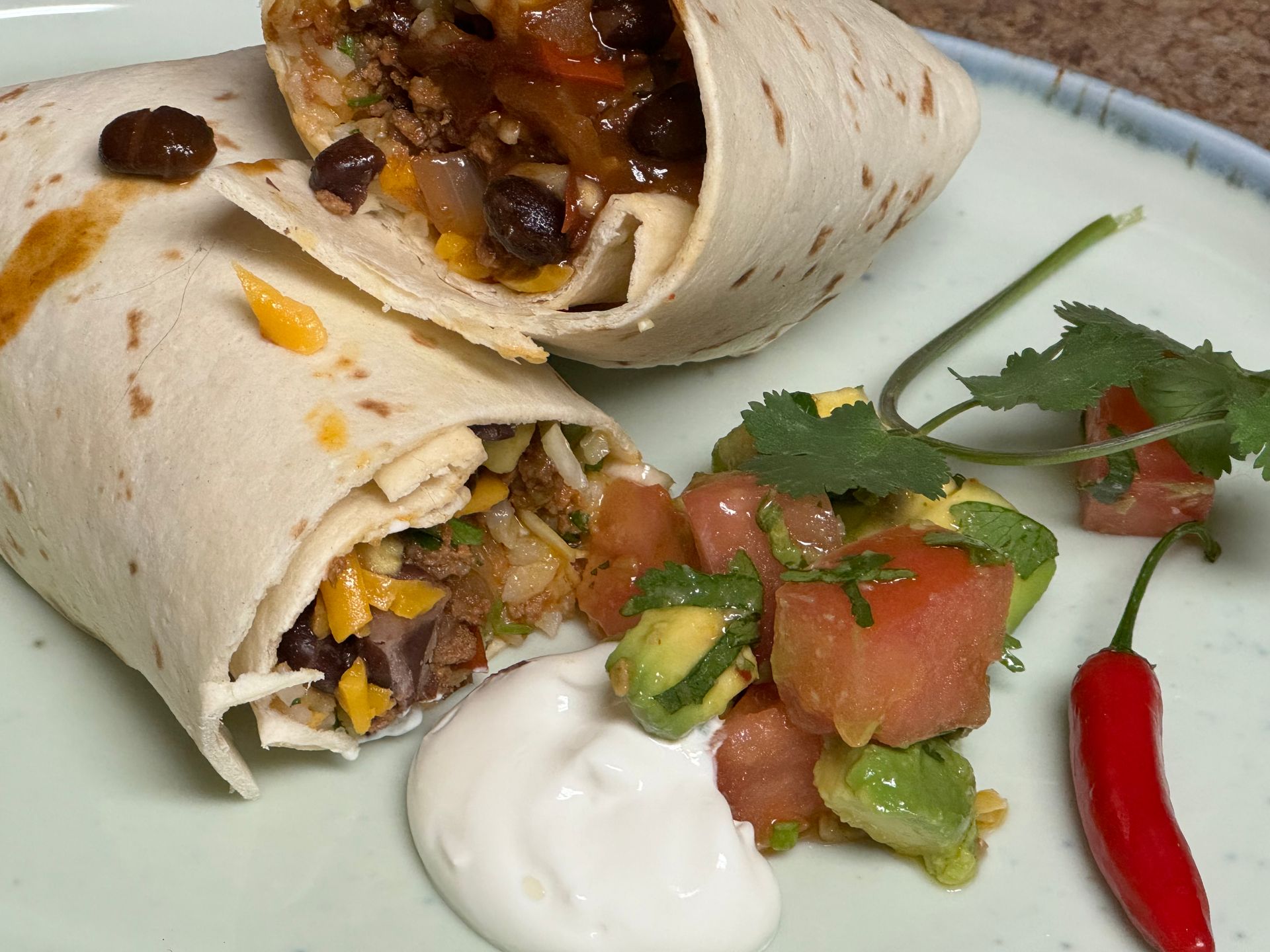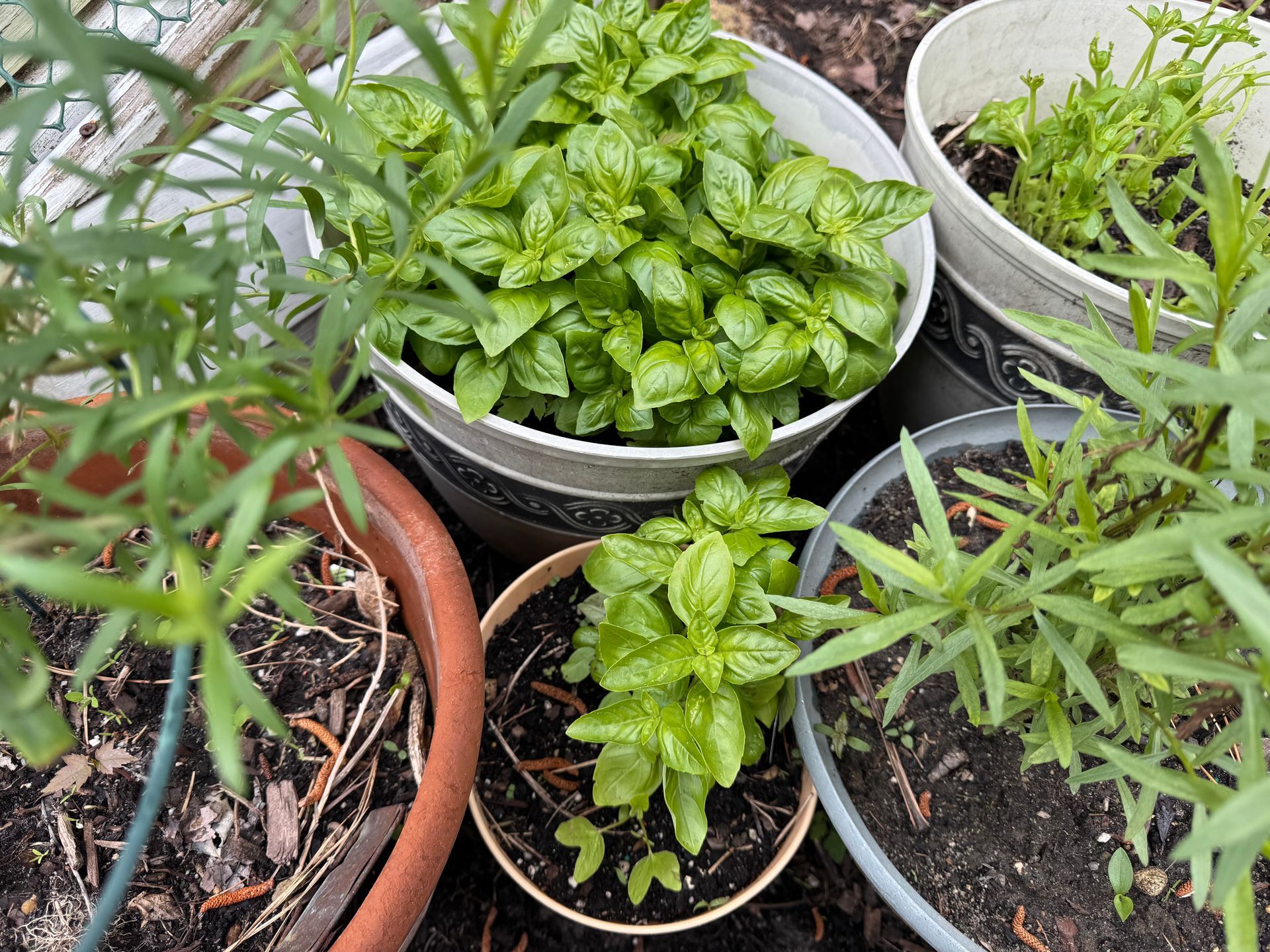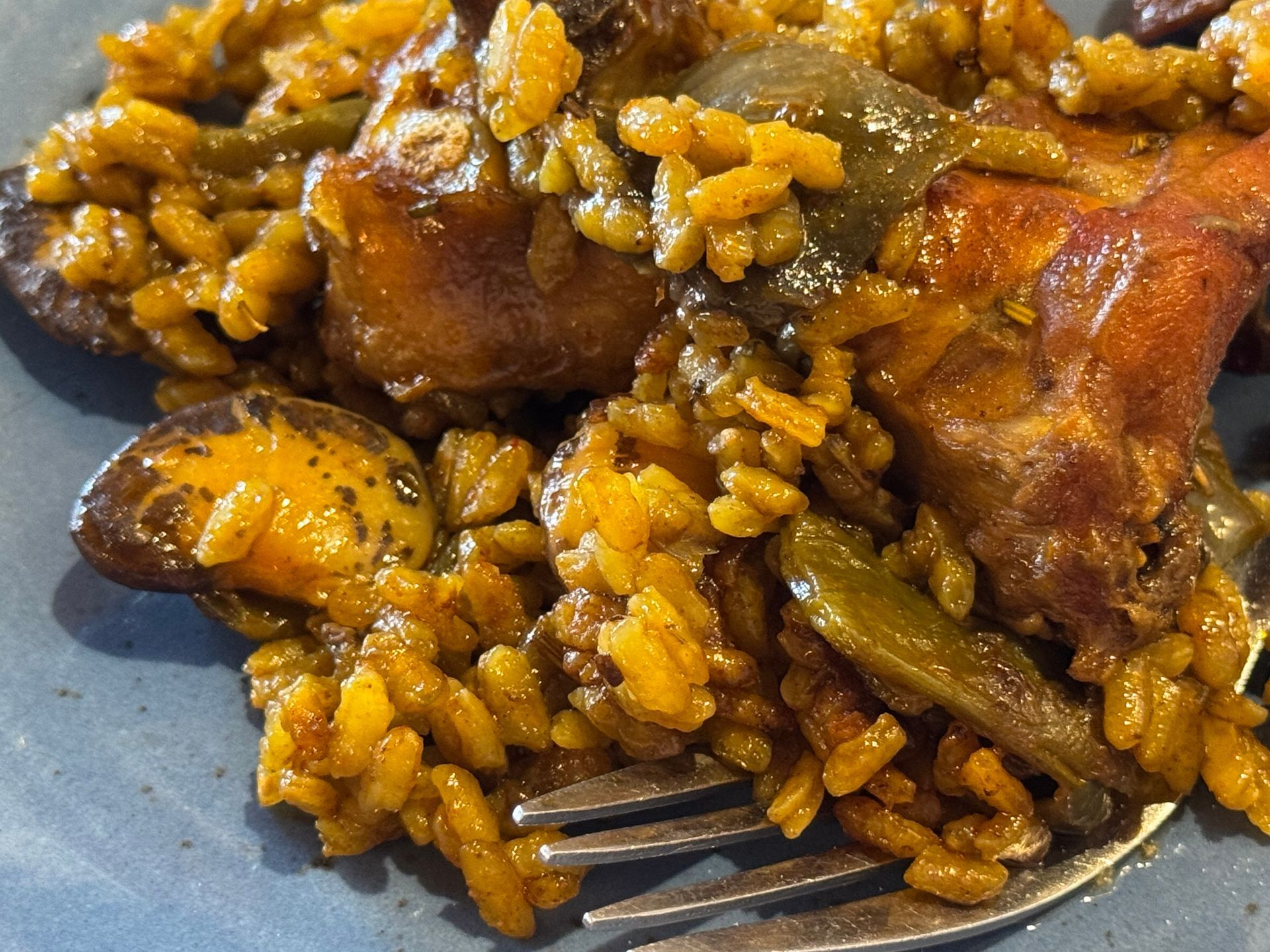Hiring and Managing a High-Performing Team
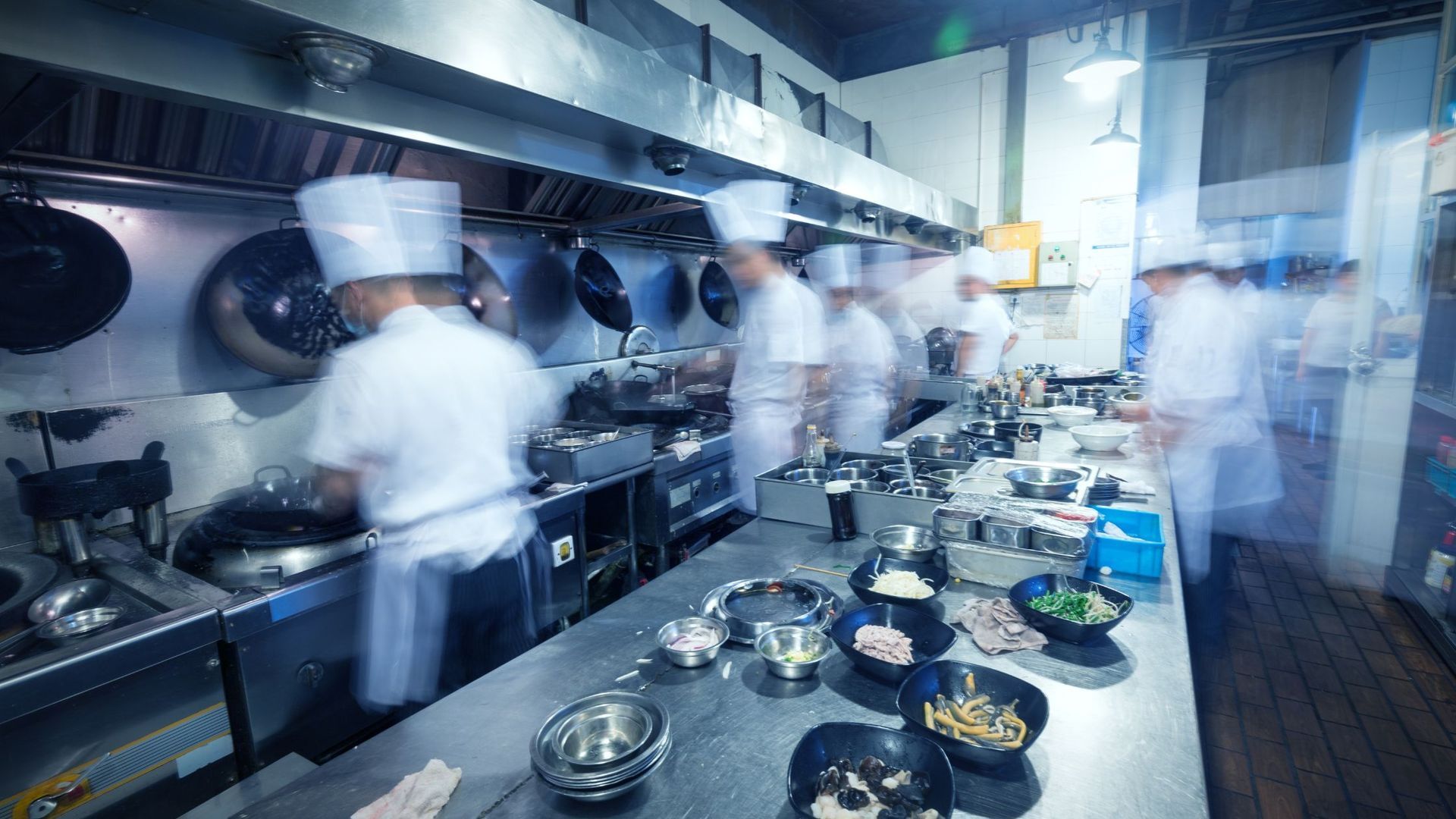
The success of any business—kitchen, restaurant, club, Research and Development lab—begins with the people. You can have the best equipment, an ambitious vision, and well-planned processes, but if your team isn’t solid, everything else eventually breaks down. I’ve seen that happen more than once.
I’ve led teams under intense pressure, and I’ve coached some amazing professionals in the kitchen. What I’ve learned is simple: building a strong, high performing team doesn’t happen by accident. And leadership is a lot of hard work, immensely rewarding but hard work!
Whether you’re launching your first concept or managing a complex product portfolio, success comes from assembling the right people—and then providing them with structure, leadership, and support to thrive. It takes real thought, clear communication, and most of all, respect. In this article, I’ll share the lessons that helped me build teams that work hard, work together, and inspire each other to do great things.
What Does a High-Performing Team Look Like?
Over the years, I’ve learned that technical skill alone doesn’t build a great team. You need diversity; people who think differently, who come from different places, and who bring their own strengths to the table. I’m not looking for ten versions of me—I’m looking for individuals who see the work through a different lens but care just as much about getting it right. I find really special people and do my best to listen. And in my mind, they need to be NICE! Let’s face it, we often spend more time with our work family than we do with our actual family so why not make it enjoyable.
The best teams I’ve led were built around a shared purpose. We took time to talk about why we do the work—not just what we make or how we make it, but what drives us. That’s what pulls people together when things get difficult.
But purpose alone isn’t enough. Late in my career, working in larger companies I often heard the phrase, ‘embrace ambiguity’. Chefs don’t really like ambiguity; we like our kitchens very organized and structured. A high-performing team works together, checks ego at the door, and knows how to listen as well as speak. There’s no room for “that’s not my job” thinking in a kitchen or in R&D. Everyone contributes, and everyone is accountable for the final product. Collaboration isn’t a bonus—it’s the baseline. I’ve learned that embracing ambiguity is extremely important and often a challenge for chefs.
That’s why I say: Respect runs the kitchen. I want people who show up early, help each other without being asked, and treat every role with the same seriousness—whether they’re plating the dish or scrubbing the floor. I always discuss this when interviewing people. I want to people to understand this is my expectation. When people feel seen and valued, they work harder, they work smarter, and they take pride in what they do. That’s what drives results. I believe this mentality begins with the leader.
Hiring the Right People
I’ve made great hires with average résumés, and I’ve passed on impressive credentials when the fit wasn’t right. A strong team doesn’t come from stacking titles—it comes from bringing in people who are fully engaged, curious, and willing to grow.
I remember hiring virtually for several very important roles during the pandemic. Generally, there is a cooking component for most kitchen interviews. I was confident I could get a sense of potential candidates by observing them preparing a meal. I chose risotto for the virtual cooking interviews. I observed their demeanor, interaction with me while cooking, their attire, mise en place, choice of kitchen tools as well as the recipe they chose. This was a great success and I was able to hire several amazing, new people for my team.
A. Hiring for Attitude, Not Just Skill
Early in my professional career, I thought I had to find the most technically trained person for every role. I’ve since learned that mindset, work ethic, and personality matter as much or more. I look for people who are open to feedback, excited to solve problems, and willing to do what’s needed.
Temperament is key. I want team members who take pride in their work and support the people around them. If someone’s brilliant but they drain the energy of the room, they’re not the right fit. The best people I’ve worked with had a quiet drive—you could feel they were all in, even if they didn’t talk much. I’ve never liked having people on my team who are self-serving. I remember discussing this with a colleague who felt it was appropriate to be self-serving. After all, he suggested, that was how you rose up the ranks. I don’t necessarily agree, I’m a fan of Adam Grant and subscribe to his writings about being a giver and not a taker in one’s career. When you work hard and do a good job, people notice and success follows.
B. Don’t Hire for “Culture Fit”—Hire for Value Add
I’ve heard “culture fit” used as a reason to hire people who all look, sound, and think the same way. That’s a mistake. You don’t need clones of you—you need balance. Some of the most valuable team members I’ve worked with weren’t loud or outspoken, but they asked great questions, caught things others missed, and brought completely different life experiences to the table.
Disagreement can be useful when it’s productive. I want people who challenge ideas—not for the sake of being difficult, but to make the work better. That kind of tension, when handled with care, is where real creativity comes from.
C. Build the Team Around the Strategy
Every team I’ve built has been based on the needs of the business. It’s important to meet with the leadership and understand future strategies, then build your team to support these strategies. At one company we were focused on adding variety, especially healthy, scalable meals. That meant we needed culinary nutrition experts and innovation-driven chefs—different minds working toward the same objective. At another company, I recruited chefs with strong communication skills who could work across departments and understand what it took to bring an idea from bench to production.
I also think about budget and working to be fiscally minded. Sometimes it feels like you’re trying to stretch five people’s workload across four salaries. But if you don’t hire for where you’re headed, you’ll always be catching up. A strong foundation lets you scale without burning people out.
Onboarding and Setting Expectations
Bringing someone onto the team isn’t just about paperwork and a day one, welcome lunch. Onboarding is much more than taking your new hire to lunch on day one. It sets the tone so the team member feels respected and appreciated. It’s your first chance to show them what kind of environment they’ve joined—and what you expect from them in return. If you miss that moment, it’s hard to get it back.
Doug Conant, Founder of Conant Leadership is one of the greatest leaders I’ve met. Recently he posted, ‘It is unrealistic to expect extraordinary effort and performance without creating an environment where people are extraordinarily valued.’ This is so incredibly inspiring from a leader who really lives what he teaches.
I’ve seen too many teams treat onboarding like a formality. Here’s your locker, here’s your uniform, now get to work. That sends the wrong message. Instead, I try to make new hires feel seen right away. I want them to know their role matters, their voice matters, and we’re going to treat them like a professional from day one. This took me years to understand and develop, in fact I was pretty bad at onboarding, we’re all too busy but this is really important!
This is also the time to be clear. If you’re in a corporate food setting like R&D or CPG, you can’t assume people will just “figure it out.” Kitchens have natural pecking orders. But when you’re working in cross-functional teams—chefs, marketers, scientists, operations—you need org charts, written goals, and open conversations about who does what. Without that, confusion turns into friction.
When people know what’s expected—and that their work is valued—they’re more likely to stay, more likely to care, and a lot more likely to go above and beyond when it matters.
Developing Your Team
Hiring the right people is only the beginning. If you want a team to grow, you have to keep feeding their curiosity and giving them new challenges. That doesn’t just keep people engaged—it raises the level of work across the board.
A. Stretch Objectives and Passion Project
One thing I’ve always pushed for is setting aside budget and time for professional development. Not just the usual conferences or online courses—though those have value—but projects that tap into someone’s personal interests and connect them to the bigger picture. I would consider these to be ‘stretch objectives’. Often the professional development is extra, unpaid time to support an individual’s passion. It should be something that really excites the person to learn.
One very enjoyable passion project was facilitating a weekly food tasting done by my culinary externs. The tasting involved an 8-foot, butcher block table on wheels being set up in different locations around the building. One of the senior chefs worked with the externs to choose a seasonal, delicious snack to serve at the table. The externs researched the food item, then practiced preparing the amuse sized tasting until it was perfect. Then the externs would roll the table to different parts of the building, playing Bruce Springsteen music (we are from NJ after all) and serve 50 snacks. It was about creating a culinary voice; inspiring and educating.
They prepared mini lobster rolls, local tomato soup shooters, mini paninis, and more. It was extremely popular and I believe inspired employees to think more about delicious food when making decisions in their daily work. Seeing the pride and satisfaction the externs enjoyed from the compliments of the workers was special
I remember a chef on my team who wanted to study sushi. At first glance, it didn’t feel like a direct fit for what we were doing. But we worked out a plan: she’d take classes, and in return, she’d bring her learnings back to the team. She ended up applying what she learned to improve the rice in our formulas. That’s the win. Give people a little room to explore, and it often circles back in ways you didn’t expect.
These kinds of projects also build trust. When your team knows you’re invested in their growth, they bring more of themselves to the job. And over time, that kind of growth mindset becomes part of the culture.
B. Celebrate Cultural and Culinary Diversity
Some of the most meaningful team moments I’ve been a part of had nothing to do with hitting deadlines or presenting to executives. They came from sitting down together and sharing a meal.
At Campbell’s, I started a gastronomy program, managed by my team, where any employee could host a cultural lunch inspired by their background. The objective was educational and also to develop a passion for food at Campbell’s. We gave them support from one of our chefs, and they’d present a meal to a small group of cross-functional employees, sharing why the dishes mattered to them. I remember a wonderful Egyptian lunch that left the room speechless—not just because of the food, but because of the beautiful story behind it. It was magical!
These meals created more than just great memories. They helped people from different departments understand each other better. And when people connect through food, it becomes easier to collaborate across functions—whether you’re in R&D, marketing, or operations. These shared experiences build respect, and that respect carries into the work.
Conclusion: Building for the Long Term
There’s no shortcut to building a high-performing team. It takes real effort—starting with who you bring on board, how you support them, and the standards you hold yourself to as a leader. If you’re not paying attention to those pieces, no amount of vision or process will save you.
I’ve been lucky to work with some incredible teams over the years. Not because we were perfect, but because we kept showing up, learning from each other, and staying focused on what mattered. We cared about the food, we cared about the mission, and we cared about each other.
None of this happens by accident. It comes from consistency. From being clear about your expectations. From hiring people who bring something real to the table—and giving them the space to thrive.
If you're serious about growing your food business—whether you're launching new products or refining operations—you need more than talent. You need people who believe in what you're building, and leaders who know how to bring out their best.
That’s where the real progress happens. And that’s what I’ve spent my career trying to build.

